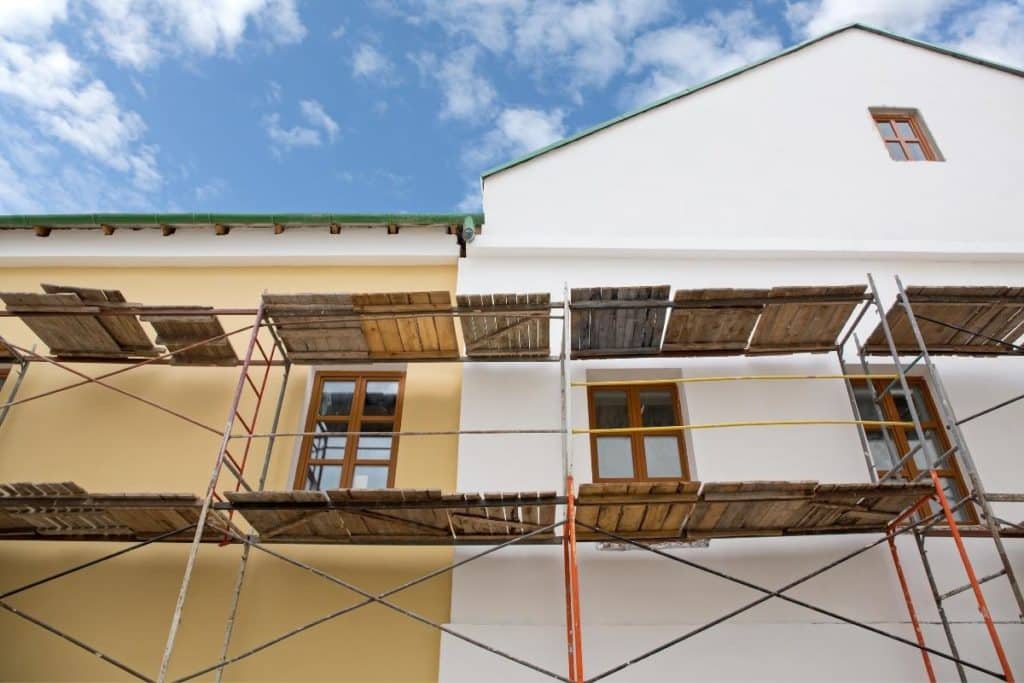This article clarifying time limitations in damages claims for failure to maintain and repair the common property has been supplied by Jasmin H.Singh and Allison Benson, Kerin Benson Lawyers.
As the owner of common property, an Owners Corporation has a strict and ongoing responsibility to repair and maintain common property. This duty is set out in section 106 of the Strata Schemes Management Act 2015.
However there are circumstances in which an Owners Corporation will not need to exercise its duty to repair and maintain common property. These include:
- where the Owners Corporation has determined by special resolution that it is inappropriate to maintain, renew, replace or repair the property, and its decision will not affect the safety of any building, structure or common property in the strata scheme or detract from the appearance of any property in the strata scheme; or
- where a common property rights by-law has been passed by special resolution and registered at the NSW Land Registry Services and that by-law transfers the responsibility of repair and maintenance of a specific item or items of common property to a lot owner.
The second point above was discussed by the Appeal Panel in the recent decision of Sorbara v The Owners – Strata Plan 75666 [2021] NSWCATAP 369,
The lot in question was made up of two levels. The higher level has an enclosed terrace, and the strata plan describes it as constructed of an “operable glass roof, louvres and associated fittings and fixtures.” The roof could be opened by way of a hydraulic system and it was alleged that water was penetrating through the hydraulic roof covering the terrace for some time.
A diagram provided to the Appeal Panel showed that the enclosed terrace was common property. However the enclosed terrace was an exclusive use area, and the lot owner had the right to use and enjoy that area to the exclusion of any other lot owner. This right was set out in the by-laws of the scheme which provided that:
- the lot owner had exclusive use and enjoyment of the enclosed terrace
- the lot owner was responsible for keeping the enclosed terrace area “in a state of good repair and serviceable repair including any associated machinery and the like.”
- The lot owner was responsible for the payment of any costs incurred by the Owners Corporation with respect to that area.
The lot owner was always of the opinion that the responsibility to repair and maintain the roof of the terrace was the responsibility of the Owners Corporation because roofs are generally common property. He did not realise that a by-law could transfer the responsibility of repairing and maintaining common property to a lot owner.
The Appeal Panel reiterated that once a by-law is made, it is binding on the Owners Corporation and each lot owner pursuant to section 135 of the Act. The relevant provision for granting exclusive use and enjoyment of common property to a lot owner is section 142 of the Act. Section 144 of the Act goes on to state that a common property rights by-law must provide for who is responsible for the repair and maintenance of the subject common property (whether it is the Owners Corporation or the lot owner). If the responsibility is placed on the lot owner, then to the extent to which the by-law makes the lot owner responsible for the repair and maintenance of the subject common property, it discharges the Owners Corporation from its obligations to maintain and repair the common property under the Act.
In this case, the lot owners were liable for the cost of repair of the leaking roof to the enclosed terrace, and if it becomes necessary in future, for all of that structure. As the lot owner held this responsibility, the Owners Corporation was not responsible to repair or maintain the enclosed terrace.
The takeaway from this case is that lot owners should always read carefully and understand the rights given and obligations placed on them when they are granted exclusive use of a common property area, or even when they are carrying out works under a common property by-law.
Jasmin H.Singh and Allison Benson Kerin Benson Lawyers E: allison@kerinbensonlawyers.com.au P: 02 4032 7990
Please note: This is general information and should not be considered to be legal advice. You should obtain legal advice specific to your individual situation.
This post appears in Strata News #545.
Have a question or something to add to the article? Leave a comment below.
Embed Read next:- NSW: Q&A Common Property Defects and Reimbursement for Repairs
- NSW: Evacuation Due to Strata Building Defects
- NSW: Dealing with apartment defects: a how-to guide for strata owners and buyers
This article has been republished with permission from the author and first appeared on the Kerin Benson Lawyers website.
Visit Maintenance and Common Property OR NSW Strata Legislation
Looking for strata information concerning your state? For state-specific strata information, take a look here.
Are you not sure about some of the strata terms used in this article? Take a look at our NSW Strata Glossary to help with your understanding.
After a free PDF of this article? Log into your existing LookUpStrata Account to download the printable file. Not a member? Simple – join for free on our Registration page.
